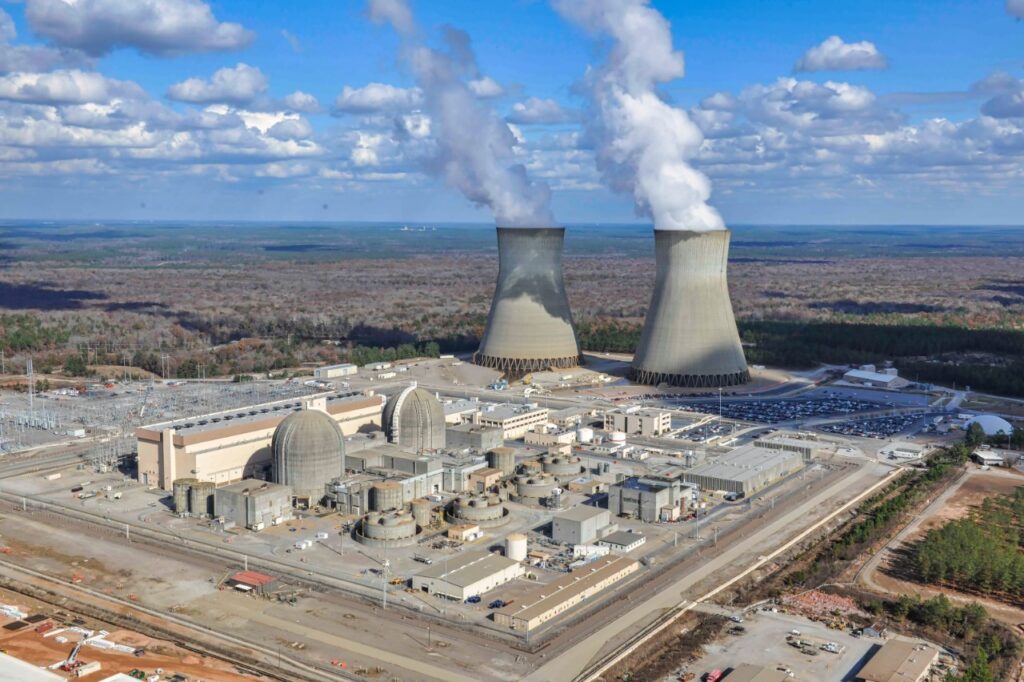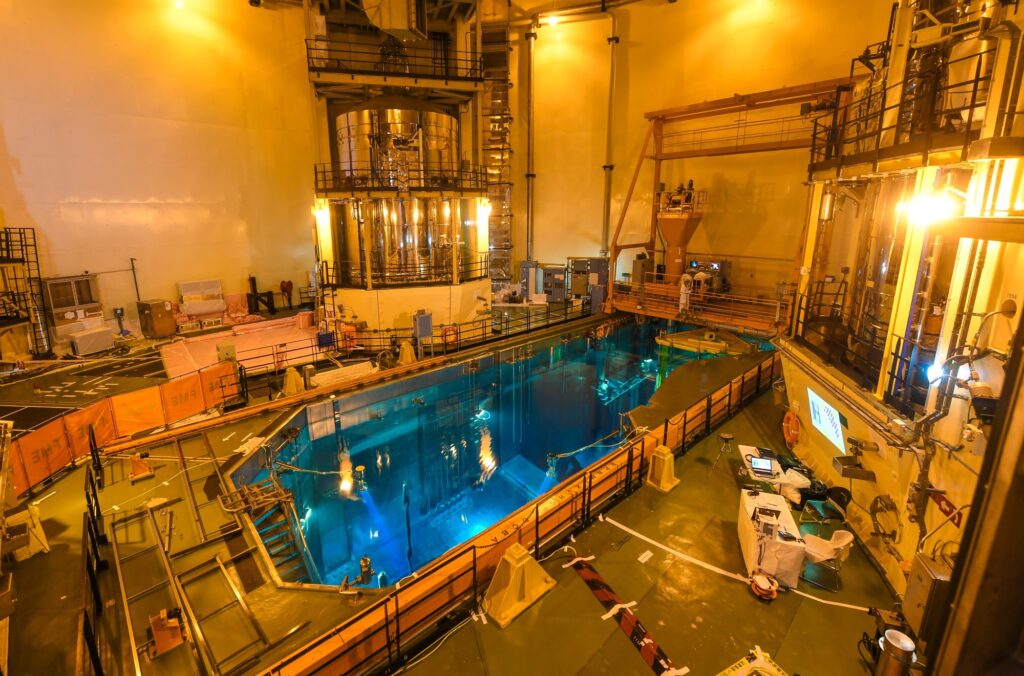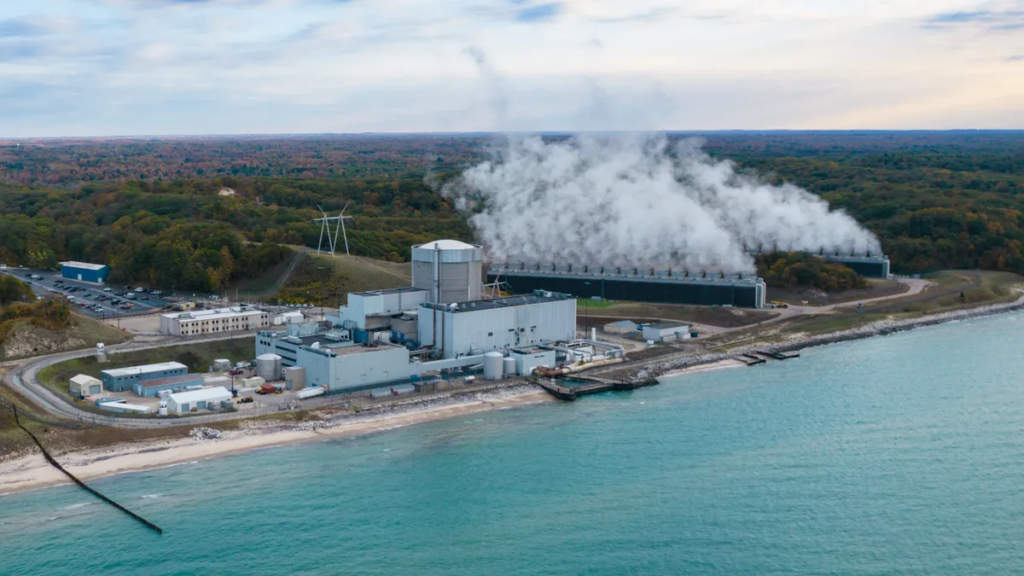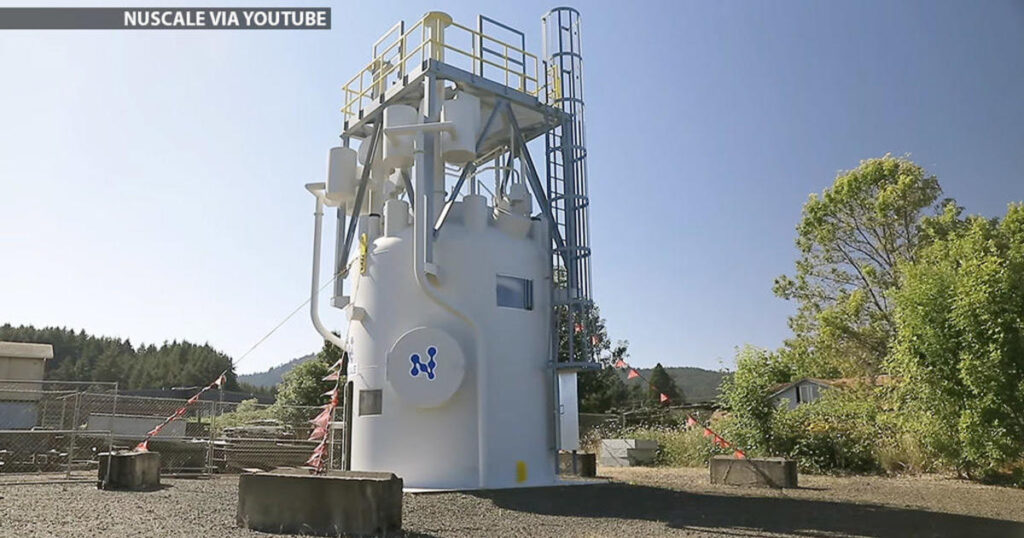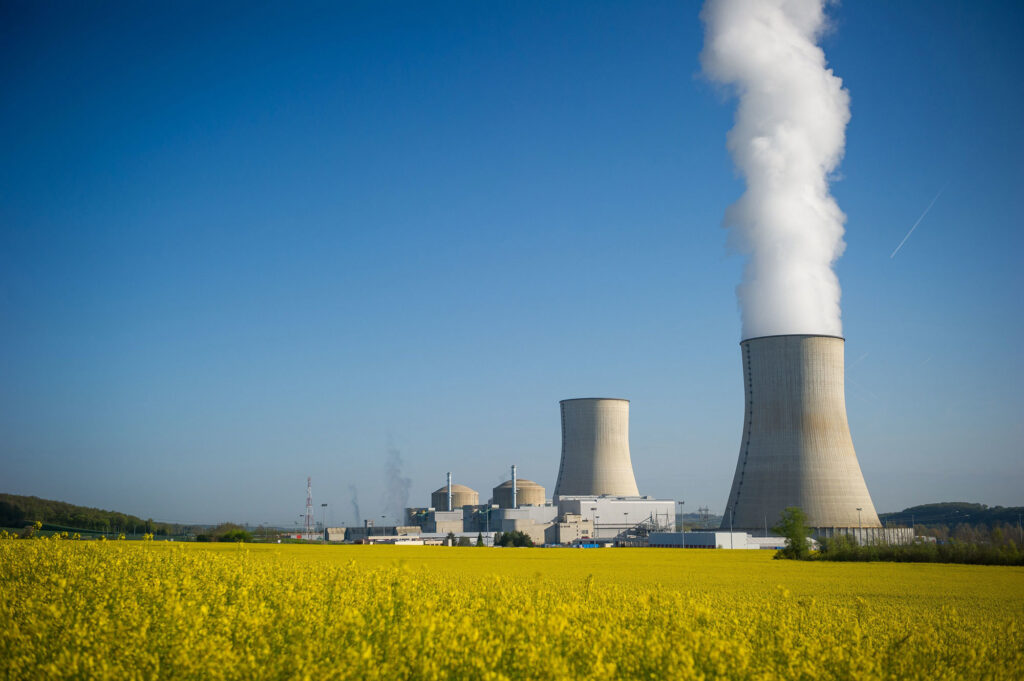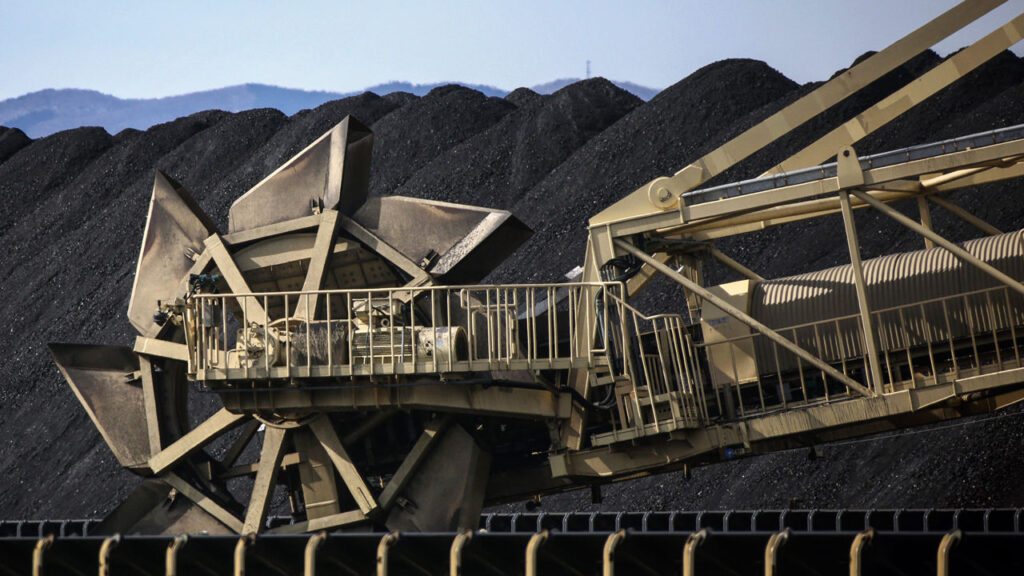A pledge to triple nuclear generation capacity by 2050 from a base year of 2020 was signed Dec. 2 by 22 countries at the UN’s Climate Change Conference in Dubai, including the US, Canada, Japan, France, the UK and the UAE. Global nuclear capacity totaled 375 GW in 2020, according to the International Atomic Energy Agency.
The Declaration to Triple Nuclear Energy “recognizes the key role of nuclear energy in achieving global net-zero greenhouse gas emissions by 2050 and keeping the 1.5-degree goal within reach,” the US Department of Energy said in a statement.
Signatories have committed to supporting development and construction of nuclear reactors, “such as small modular and other advanced reactors for power generation as well as wider industrial applications for decarbonization, such as for hydrogen or synthetic fuels production,” the declaration said.
Participating countries would encourage the World Bank and other international and regional development banks to include nuclear energy in energy lending policies.
The declaration recognized the importance of extending lifetimes of existing reactors, and commits to support “responsible nations” looking to deploy new civil nuclear generation.
Calling on other countries to join the declaration, participants said they would review progress on the agreement every year on the margins of COP meetings.
Signatories include the US, Bulgaria, Canada, Czech Republic, Finland, France, Ghana, Hungary, Japan, Republic of Korea, Moldova, Mongolia, Morocco, Netherlands, Poland, Romania, Slovakia, Slovenia, Sweden, Ukraine, United Arab Emirates, and the UK.
China, US dominant
S&P Global Commodity Insights’ analysts forecast global nuclear capacity will grow by 58% to 2050.
Total installed nuclear capacity of around 375 GW in 2020 is forecast to rise to 458 GW in 2030, 549 GW in 2040 and 631 GW in 2050. China and the US make up over half of the global total by then.
Global nuclear output of 2,545 TWh in 2022 was 100 TWh down year on year, World Nuclear Association data show.
The bulk of this decline related to outages caused by weld problems in ageing French reactors, while phase outs in Germany and the war in Ukraine had further downside impacts on output.
In contrast to Europe, nuclear electricity generation in Asia increased by 37 TWh last year. Over the last ten years nuclear generation in Asia has more than doubled and has now overtaken nuclear generation in West and Central Europe. Three-quarters of the reactors in construction globally are in Asia.
Six new reactors were connected to the grid in 2022 – two in China, and one each in Finland, Pakistan, South Korea and the United Arab Emirates. Construction started on eight more – five in China, two in Egypt and one in Turkey.
“These additions are welcome, but a far faster rate of construction and commissioning will be needed, at least a tripling of nuclear capacity worldwide, to achieve net-zero greenhouse gas emissions by 2050,” the WNA says.
Platts, part of S&P Global Commodity Insights, assessed the the current-month spot price of U308 uranium to Canada at $81.20/lb Dec. 1.
The UAE is the first Gulf country to produce nuclear power. The fourth reactor at the UAE’s Barakah power plant was licensed in November. All four units will provide as much as 25% of the country’s power needs, producing 5.6 GW, equivalent to almost 40% of the UAE’s peak demand of about 15 GW. All four units are South Korean-designed APR1400 reactors. Saudi Arabia currently has no nuclear power generation but has said it will add around 17 GW of nuclear capacity by 2040 and has ambitions to bring two reactors with a combined capacity of 3.2 GW online within the next decade.

